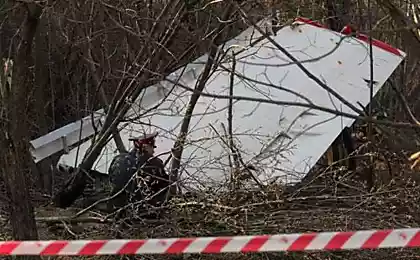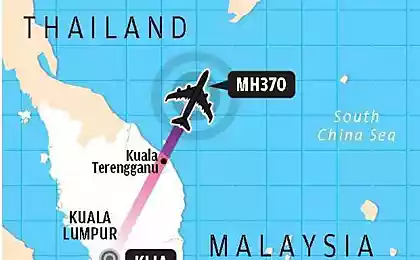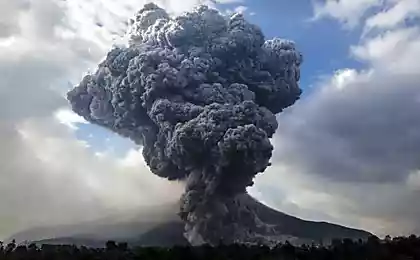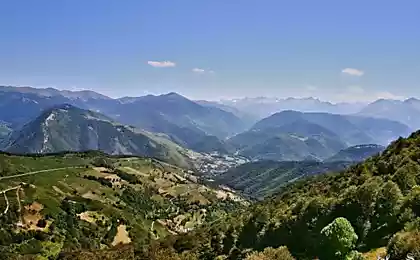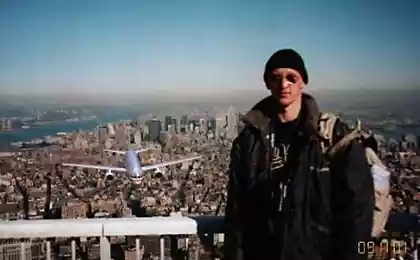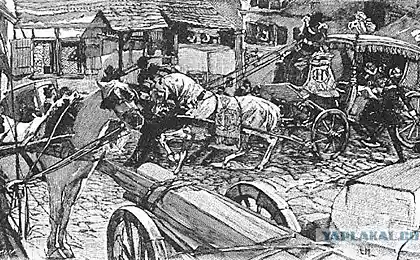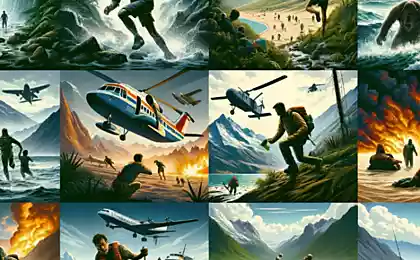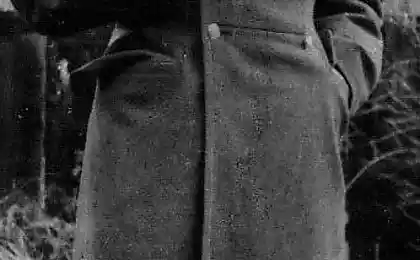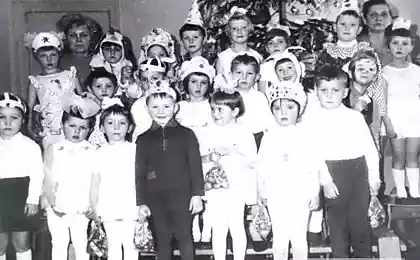715
72 days after the plane crash in the Andes (4 photos)
Almost 40 years ago, October 13, 1972 a plane carrying the players Uruguayan rugby team Old Christians from Montevideo, as well as their families and supporters, crashed in a mountainous area of the Andes and of the passengers survived 72 days fighting for his life < br />
If you fall through the snow to soften the blow of the 45 people who were on board, 12 were killed instantly and five others died the next day. The remaining 28 appeared face to face with the harsh nature of the highlands, with no food, no warm clothes, no fuel, no medicines. These archival footage shot by the survivors in the crash, as well as a brief history of their salvation.
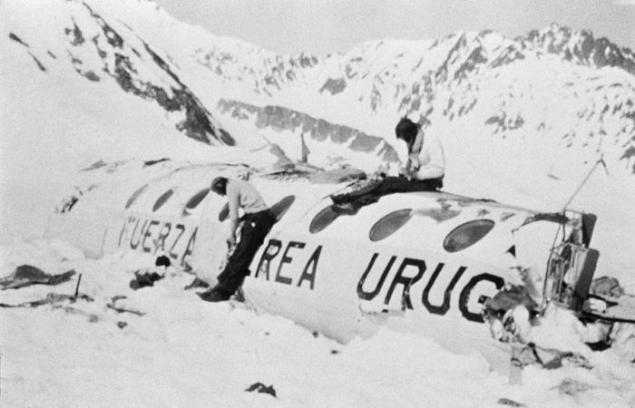
11 days after the crash, they heard on the radio that stopped their search and they all presumed dead. October 29 fuselage, which settled the survivors, covered avalanche, why has killed eleven people. Three days of living with corpses were clamped in a confined space with snow remnants of the aircraft. To save all of suffocation, 23-year-old Fernando (Nando) Parrado knocked the legs a little window in the cockpit.
At an altitude of 3600 meters in the Andes, no plants, no animals, the temperature at this time of year often falls to -30. When finished chocolate and crackers and famine survivors made a tough decision to eat the meat of the victims, each of whom was someone's relative or friend.
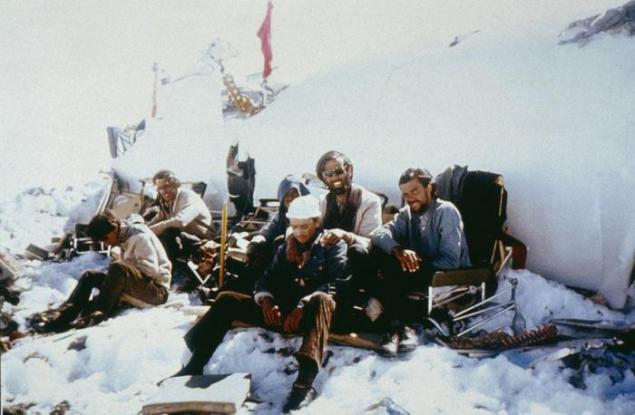
As it became clear that the aid does not come, and it is necessary to escape on their own, Nando Parrado, Roberto Canessa, Numa Turkatti Antonio Visintin and decided to move to the west to reach the green valleys of Chile. According to the pilots, these valleys were located a few miles west of the crash site of the aircraft. 18-year-old Canessa long hesitated to march, suggesting wait until the end of winter. However, others have decided to go, no matter what. Start of the campaign was successful members of the expedition stumbled upon detached the fall back of the plane with the luggage.
In suitcases they found chocolates, cigarettes, and clean clothes, moreover, there were charged batteries. On the second night the weather deteriorated sharply, and the travelers almost died from the cold. It became clear that this is not just over the mountain pass.
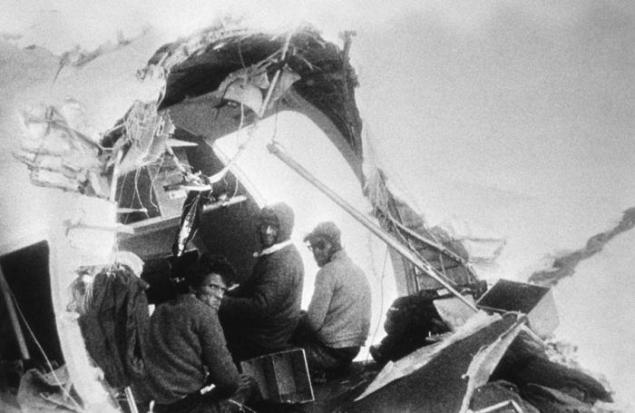
The expedition returned, and the survivors attempted using found batteries make work the radio. However, it turned out that they provide a constant current, and the need for AC radio. After this, people realized that the passage through the Andes to the west - the only way to salvation. In order not to freeze to death while spending the night in the mountains, it was decided from pieces of cloth found in the tail of the plane, make a sleeping bag.
Finally, when everything was ready, December 12, 1972 Parrado, Canessa and Visintin marched (Turkatti shortly before he died of blood poisoning). The leader of the group was Parrado. On the third day it became clear that the expedition will take longer than planned, so Parrado and Canessa, taking the Vizintina of the human flesh, sent him back to the fuselage. Vizintin safely descended on makeshift sleds made of wreckage.
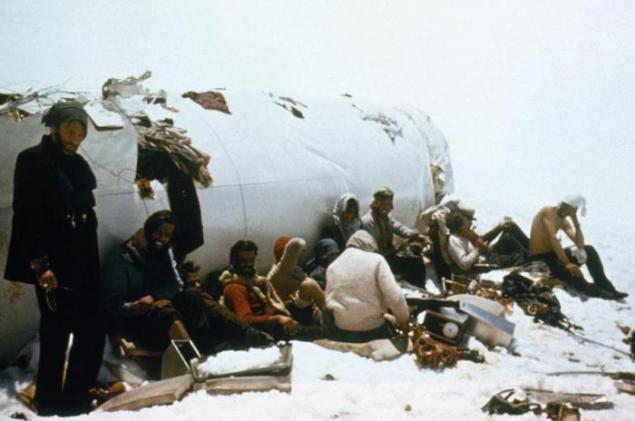
Parrado and Canessa continued on their way. Finally, after 11 days of travel on snow-covered Alps without equipment, maps, and warm clothes, breaking through the snow 55 km away, they came to a mountain stream, where they met the Chilean shepherd Sergio Catalan. Shepherd told the authorities, and 22 December, two helicopter rescue was taken to the Hospital of Santiago the first batch of the surviving passengers of flight 571. All the 16 people who survived 72 days of captivity in the mountains of ice, was saved.
This story is called "The Miracle of the Andes". Nando Parrado, in collaboration with the writer Paul Pierce Reid published a book of his memoirs, the reconstruction of Flight 571, which became a bestseller. In 1993 saw the release of "Live", which tells about the "Miracle in the Andes»
If you fall through the snow to soften the blow of the 45 people who were on board, 12 were killed instantly and five others died the next day. The remaining 28 appeared face to face with the harsh nature of the highlands, with no food, no warm clothes, no fuel, no medicines. These archival footage shot by the survivors in the crash, as well as a brief history of their salvation.

11 days after the crash, they heard on the radio that stopped their search and they all presumed dead. October 29 fuselage, which settled the survivors, covered avalanche, why has killed eleven people. Three days of living with corpses were clamped in a confined space with snow remnants of the aircraft. To save all of suffocation, 23-year-old Fernando (Nando) Parrado knocked the legs a little window in the cockpit.
At an altitude of 3600 meters in the Andes, no plants, no animals, the temperature at this time of year often falls to -30. When finished chocolate and crackers and famine survivors made a tough decision to eat the meat of the victims, each of whom was someone's relative or friend.

As it became clear that the aid does not come, and it is necessary to escape on their own, Nando Parrado, Roberto Canessa, Numa Turkatti Antonio Visintin and decided to move to the west to reach the green valleys of Chile. According to the pilots, these valleys were located a few miles west of the crash site of the aircraft. 18-year-old Canessa long hesitated to march, suggesting wait until the end of winter. However, others have decided to go, no matter what. Start of the campaign was successful members of the expedition stumbled upon detached the fall back of the plane with the luggage.
In suitcases they found chocolates, cigarettes, and clean clothes, moreover, there were charged batteries. On the second night the weather deteriorated sharply, and the travelers almost died from the cold. It became clear that this is not just over the mountain pass.

The expedition returned, and the survivors attempted using found batteries make work the radio. However, it turned out that they provide a constant current, and the need for AC radio. After this, people realized that the passage through the Andes to the west - the only way to salvation. In order not to freeze to death while spending the night in the mountains, it was decided from pieces of cloth found in the tail of the plane, make a sleeping bag.
Finally, when everything was ready, December 12, 1972 Parrado, Canessa and Visintin marched (Turkatti shortly before he died of blood poisoning). The leader of the group was Parrado. On the third day it became clear that the expedition will take longer than planned, so Parrado and Canessa, taking the Vizintina of the human flesh, sent him back to the fuselage. Vizintin safely descended on makeshift sleds made of wreckage.

Parrado and Canessa continued on their way. Finally, after 11 days of travel on snow-covered Alps without equipment, maps, and warm clothes, breaking through the snow 55 km away, they came to a mountain stream, where they met the Chilean shepherd Sergio Catalan. Shepherd told the authorities, and 22 December, two helicopter rescue was taken to the Hospital of Santiago the first batch of the surviving passengers of flight 571. All the 16 people who survived 72 days of captivity in the mountains of ice, was saved.
This story is called "The Miracle of the Andes". Nando Parrado, in collaboration with the writer Paul Pierce Reid published a book of his memoirs, the reconstruction of Flight 571, which became a bestseller. In 1993 saw the release of "Live", which tells about the "Miracle in the Andes»
